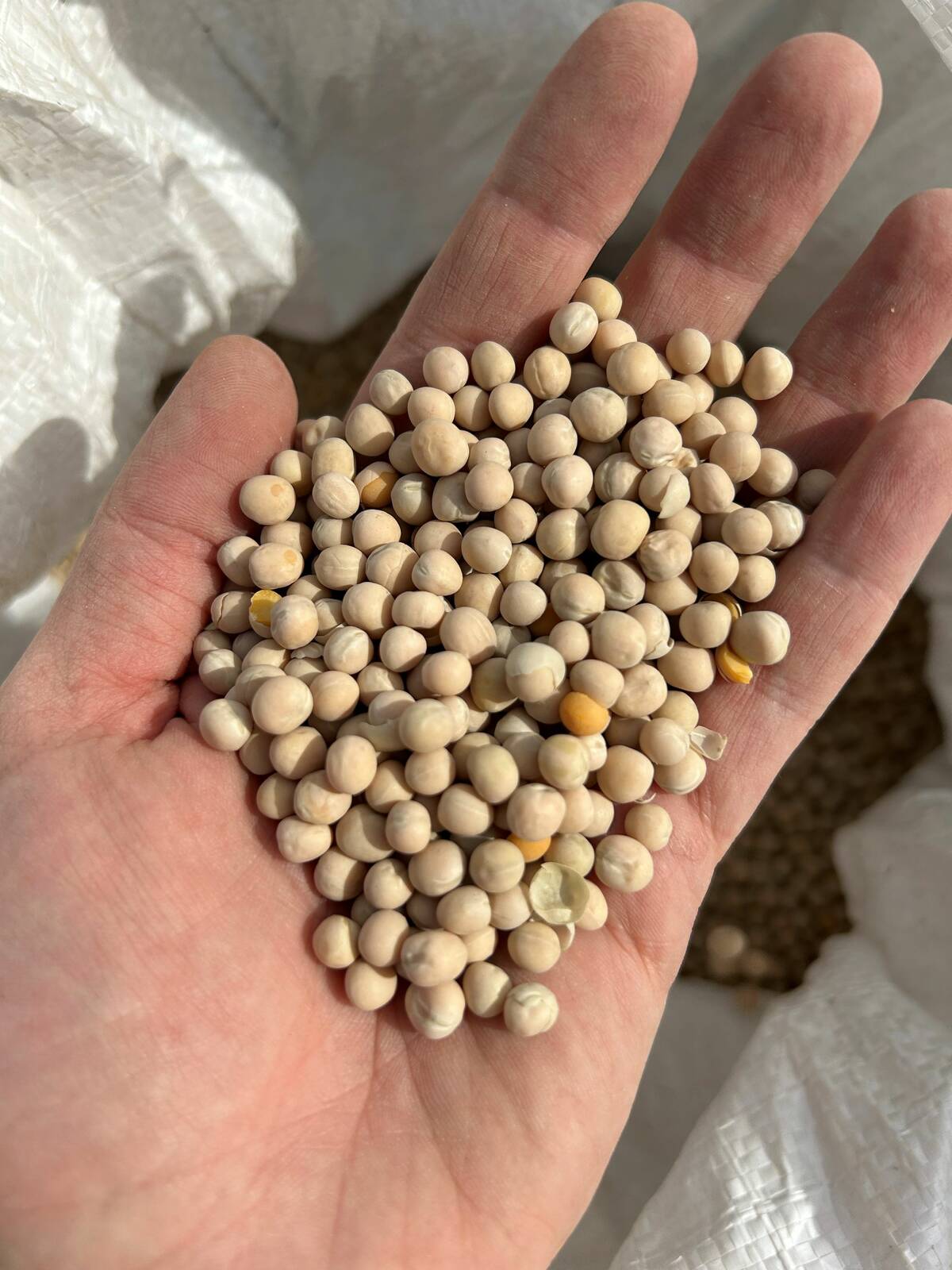Glacier FarmMedia — When Tyler Wist is at a Prairie farm show, it’s almost guaranteed that someone will walk up and start talking about marigolds.
It’s a strange topic to inject into a conversation, but Wist is used to it and expects it to happen.
“At least once at every show, someone goes, ‘well, you need to plant marigolds around your plants and (then) you won’t get flea beetles,’” said Wist, a field crop entomologist with Agriculture Canada in Saskatoon and a flea beetle expert.
Read Also

Pulse Weekly: No upside for peas until after New Year
Prices for green and yellow peas have dropped back across the Prairies over the last week. One of the major downward drivers was the Statistics Canada production report released earlier this month, said Levon Sargsyan of Johnston’s Grain in Calgary.
Do marigolds repel pests?
Wist has heard the “marigolds repel pests” comment so many times that he decided to test the concept this growing season at Ag in Motion, held July 15-17 near Langham, Sask.
“I thought … if people are going to keep (telling) me this, I maybe should do this experiment,” Wist said.
“It’s (really) a demo plot. I wouldn’t call it an experiment.”
At the show, Wist has canola plots that are surrounded by marigolds to see if the flowers can deter flea beetles from chomping on canola plants. Every spring, striped or crucifer flea beetles will invade canola fields somewhere in Western Canada, devastating the crop and sometimes forcing farmers to re-seed their fields.
Wist is one of several Agriculture Canada scientists who have crop plots at Ag In Motion. In total, about two dozen companies and organizations have crop plots at AIM, where agronomists and crop management experts will talk about the latest varieties, disease management and methods to control annoying pests such as flea beetles.
Wist knows it’s unlikely that a commercial-scale farmer, with 8,000 acres of land, is going to plant thousands of marigolds next to their canola field.
Luring flea beetles into a trap crop
However, another cultural practice could be more feasible – seeding a trap crop near the canola. The basic idea is to lure the beetles into the trap crop and then hit them with an insecticide.
One possibility for a trap crop is radishes.
“When we (as researchers) try to grow colonies of flea beetles, we feed them various (plants),” Wist said.
“If you give them the choice between canola and radish, the adult flea beetles prefer to feed on radish.”
To test out this theory, Wist and his team planted a trap crop by his canola plots at Ag in Motion to see if flea beetles could be lured into the trap.
Wist emphasized that this isn’t a full-scale, replicated experiment. It’s a demonstration of using trap crops to control flea beetles and also a way to start a conversation with canola growers who are weary of battling flea beetles every spring.
Trap crops for other pests
Other scientists have studied trap crops for other pests, such as pea leaf weevils that attack field peas.
Meghan Vankosky, an entomologist who also works for Agriculture Canada in Saskatoon, did an experiment where she seeded a strip of field peas or fababeans in July so that the strip would attract weevils in late August or September.
“In the fall, the new generation of adults come out and they’re looking for anything green to eat…. If we had a trap strip along the edge of a field, that would attract those new generation adults,” she said.
“What we wanted to know … could we use trap crops in the spring or in the fall, to aggregate weevil populations and control them?”
The results? The trap crops performed as expected.
“(They) definitely worked to bring those weevils in,” Vankosky said.
A similar strategy might work for flea beetles, where a late summer trap crop could be used to kill flea beetles before they over-winter. Ideally, that would reduce the population of beetles for the following spring.
“If you have a trap crop growing at that point (in the summer), maybe you could draw in enough flea beetles,” Wist said.
“Give them something else (besides canola) … then spray those guys in a concentrated area.”
















